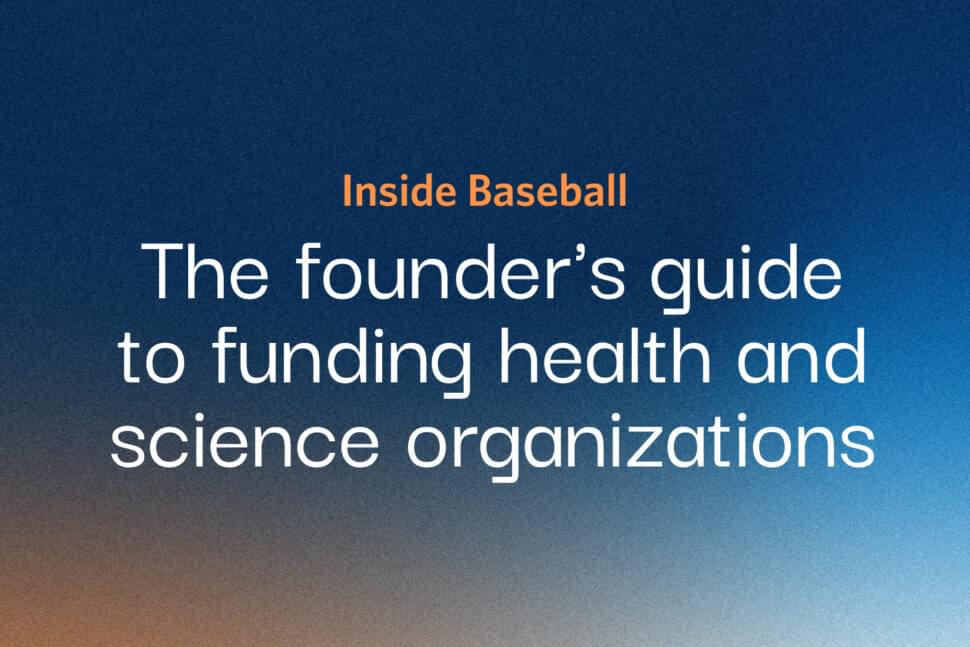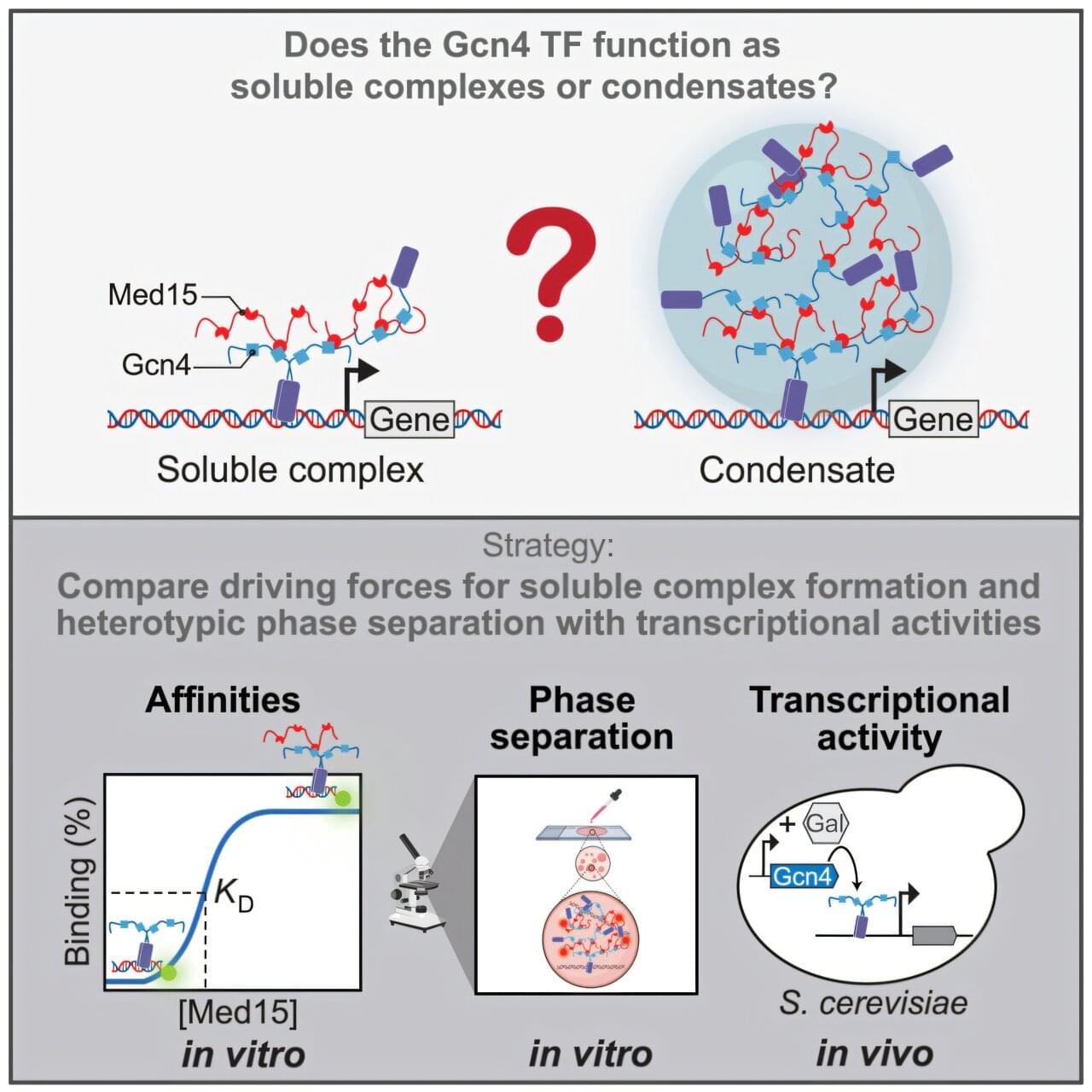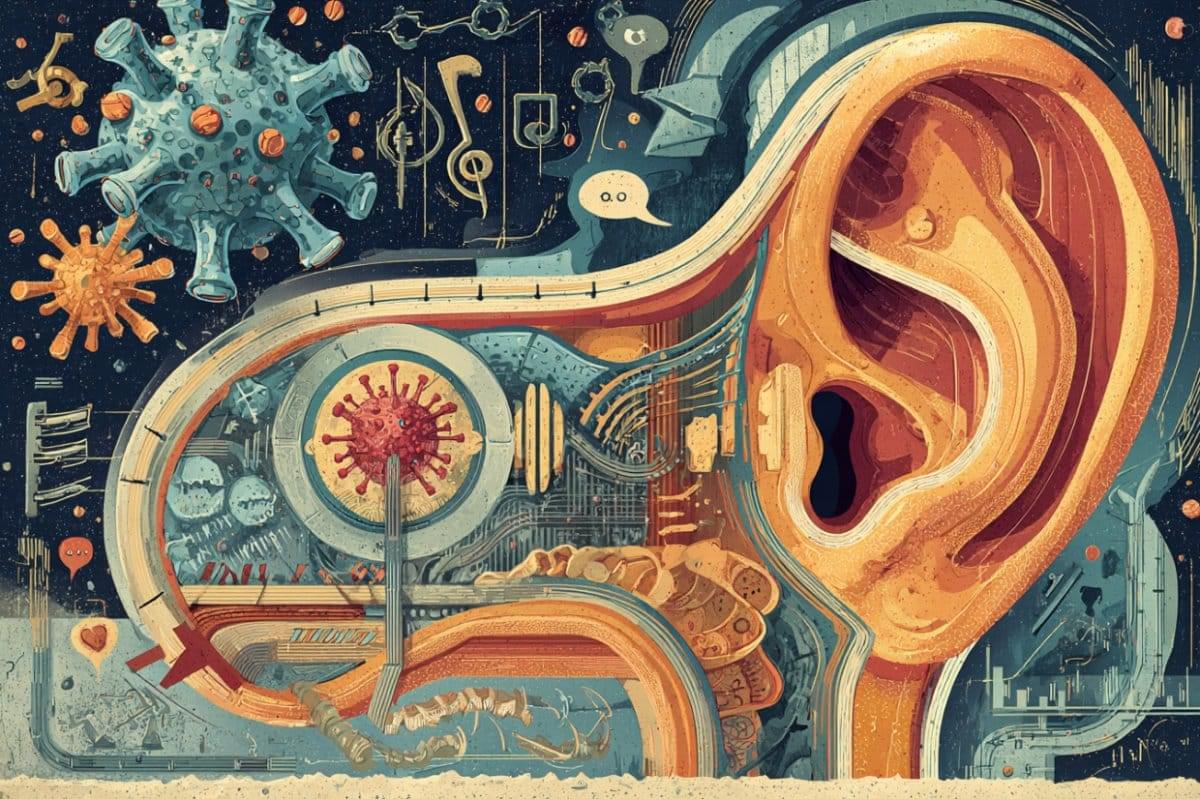For example, when studying heavier ion collisions and xenon-xenon collisions, scientists at ATLAS saw “jet quenching”, as high-energy particles lose energy as they negotiate the quark-gluon plasma. Jet quenching was not seen in proton-lead collisions, which formed a smaller quark-gluon plasma system.
“Theory predicts we should see the onset of jet quenching in oxygen–oxygen collisions,” Longo added. “If we observe even modest suppression, it could pin down the critical system size at which jet quenching begins.”
Also of interest in these studies is the “collective flow” seen in the collective motion of particles that emerge from the quark-gluon plasma. Studying oxygen collisions could help tell us more about this collective behavior, whilst also telling us about the geometrical structure of oxygen nuclei. Meanwhile, colliding neon could tell us about its structure too, thought to be roughly in the shape of a bowling pin. The shape itself could have an impact on the formation of quark-gluon plasma.








